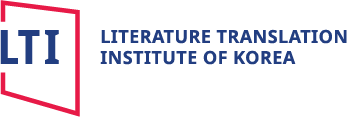Sign up for LTI Korea's Newsletter
to stay up to date on Korean Literature Now's issues, events, and contests.

Lorem ipsum dolor sit amet, consectetur adipiscing elit, sed do eiusmod tempor incididunt ut labore et dolore magna aliqua. Quis ipsum suspendisse